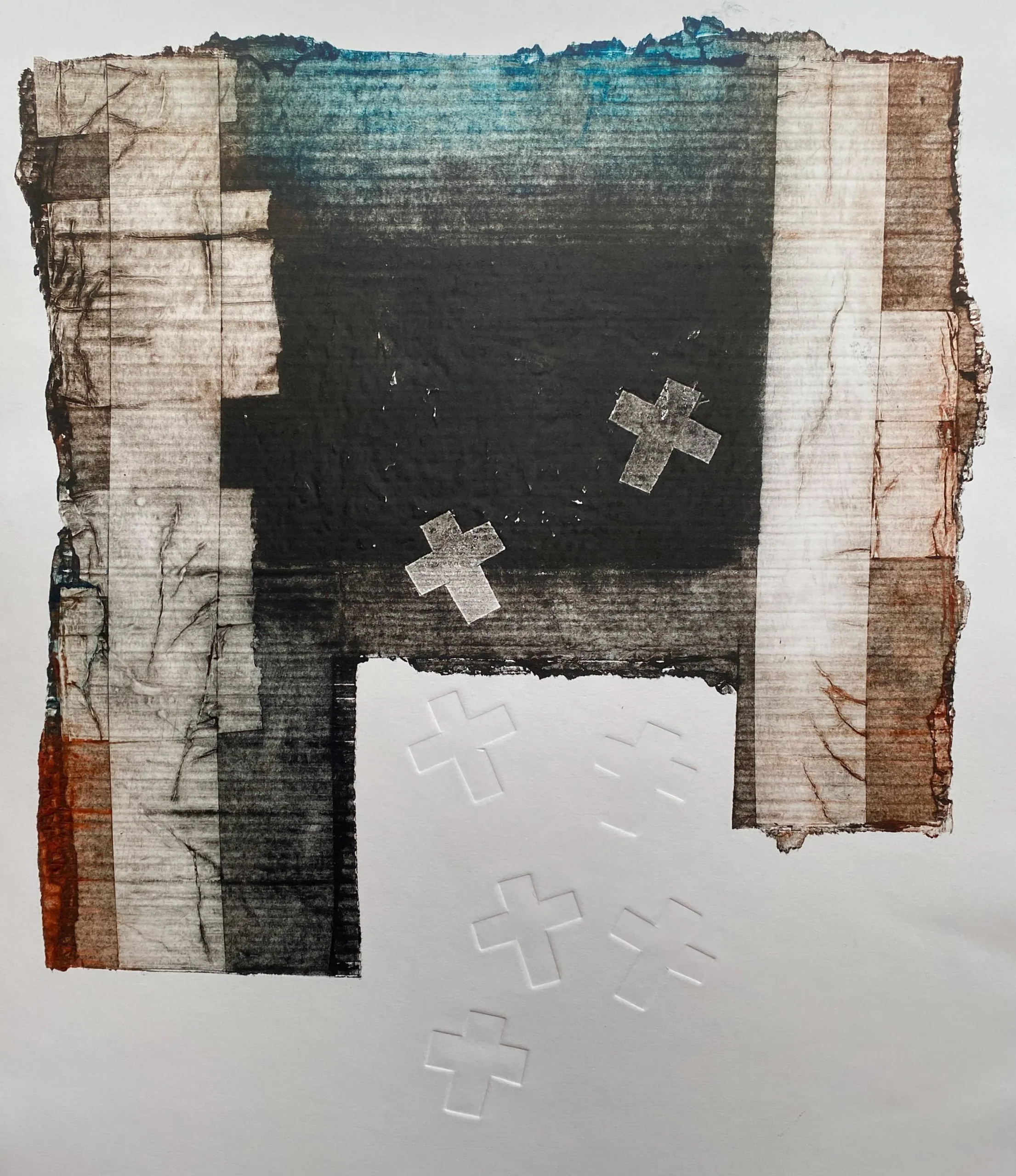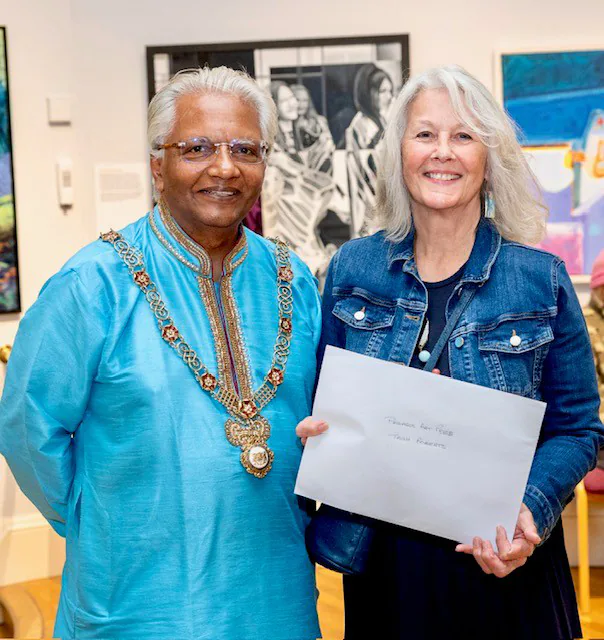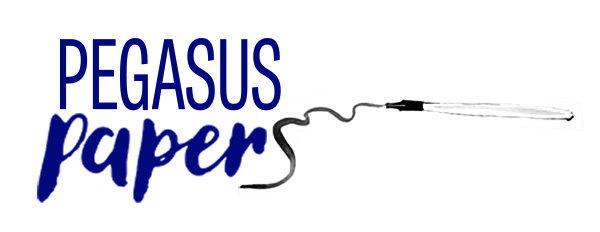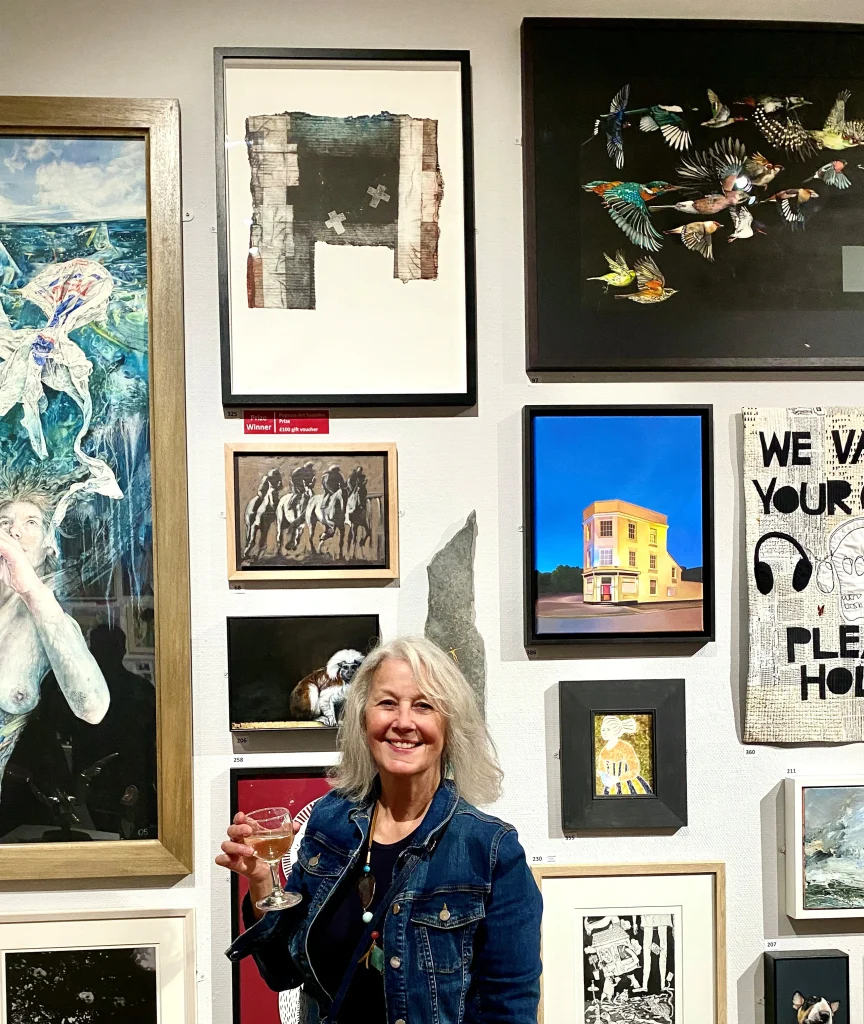An interview with Trish Roberts, winner at the Bath Society of Artists’ Open Exhibition

The Bath Society of Artists’ annual Open Exhibition is a real highlight in the arts calendar, particularly in the South West. Pegasus Art has been sponsoring this event for almost a decade and loves the culture it promotes – open to non-members, it’s always highly anticipated with thousands of entrants. Exhibited in the prestigious Victoria Gallery, just across from historic Pulteney Bridge, the society has mounted this exhibition non-stop since 1904.
Many distinguished 20th-century painters have exhibited and taken an interest in the Bath Society of Artists, including Walter Sickert, John Singer Sargent, P Wilson Steer, Gilbert Spencer, William Scott, Patrick Heron, Mary Feddon, Adrian Heath and David Inshaw.
So let’s hear from our winner, Trish Roberts, about her winning piece ‘Unremembered’.

What inspired your winning print? Tell us about the process and materials too please!
Unremembered was conceived to be part of an exhibition (working title ‘Their War’) which will show at the Mons Memorial Museum, Belgium, from May 2026 until the end of the year.
This collagraph aims to explore the profound human cost of war. Created with found materials, the ubiquitous yet forgotten packaging for delivered goods becomes a metaphor for anonymous lives lost in conflict. The heavily textured surface carries the weight of war, loss and decay. Through an abstract landscape of sombre greys and blues – reminiscent of military uniforms – the title asks the viewer to confront the countless soldiers and civilians who have no memorial, their stories etched only in the anonymous, layered strata of history.
It is one of a series of collagraph prints exploring the use of waste packaging as substrates; a study into materiality. These throw-away materials, deemed redundant and often unnoticed, underpin our lives. They present immense opportunities – they’re easy to tear, cut into, and add to. And they’re free! Through inking, layering and pressing, the results are a transformation from waste into surfaces of texture, depth and meaning.
I knew that I wanted to present a deep area of intense black central to the piece, and also that I would incorporate some symbolic cross shapes. Printing several of the crosses as blind embossed shapes lends further weight to the sense of anonymity.

Tell us a bit about your pathway into fine art.
I began printmaking in 2004 when studying for a BA in Fine Art at Farnham. They have a great print room and I was hooked. In my 20+ years of printmaking I have dipped my toe into most of the genres, but I’m always drawn to collagraphs – I love the layering and textures.
I studied for an MA in Fine Art (Falmouth) from 2023 and graduated early this year. It was a tough but immensely rewarding time, and it has given me the confidence to push forward and to apply to established organisations, such as the Bath Society of Artists.
Are you a full-time artist and how do you make it work?
Although I seem to working for much of my time at my art, as a retiree I wouldn’t call myself full-time artist. I don’t depend on sales for my income, though of course they’re always welcome. That said, I’m committed to working on developing my current line of enquiry into materiality and am excited to see where it takes me. It’s an open-ended project, which I anticipate – and hope – will develop in new directions and into new projects. I’m keeping an open mind.
At what point in your artistic journey did you move towards abstraction?
Abstraction has been quite a recent development in my practice, and follows experiments in using discarded cardboard for my substrates. It feels as though I’m in an open dialogue with the material itself, and this is enough; I don’t feel the need to reproduce figuratively at this point. Taking this forward, however, I hope to take up a residency where I can apply these techniques whilst studying a specific area.
What art materials do you favour and why?
I always use oil-based printmaking inks. For me, the quality of water-based inks isn’t the same. I find Somerset papers are best suited for collagraphs, and have just bought several sheets from Pegasus with the very generous prize awarded to me at the Bath Society of Artists exhibition. Thank you Pegasus!
What excites you?
Learning new techniques! Moving forward and trying things out. My Masters journey encouraged experimentation and pushed me into the often-referenced ‘discomfort zone’! It was two years of play with permission.
Congratulations to Trish! The Open Exhibition is on show until 10th January 2026 at Victoria Gallery, Bath.

